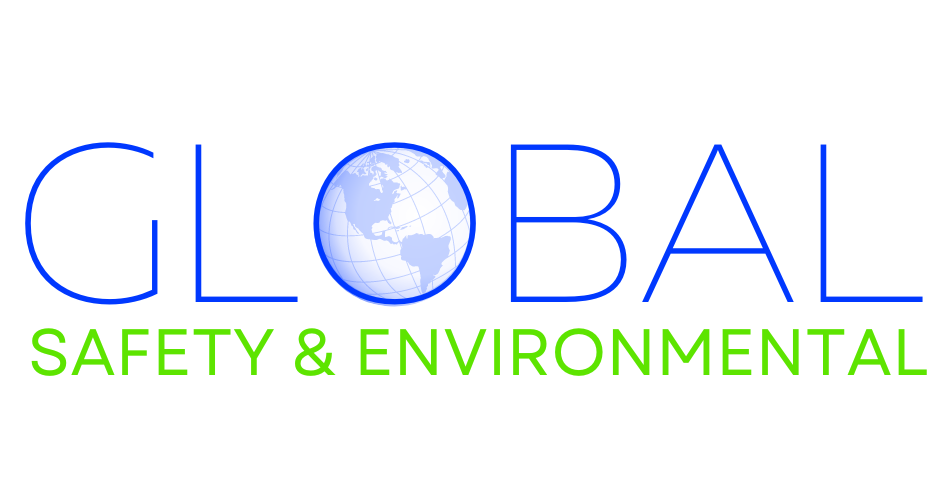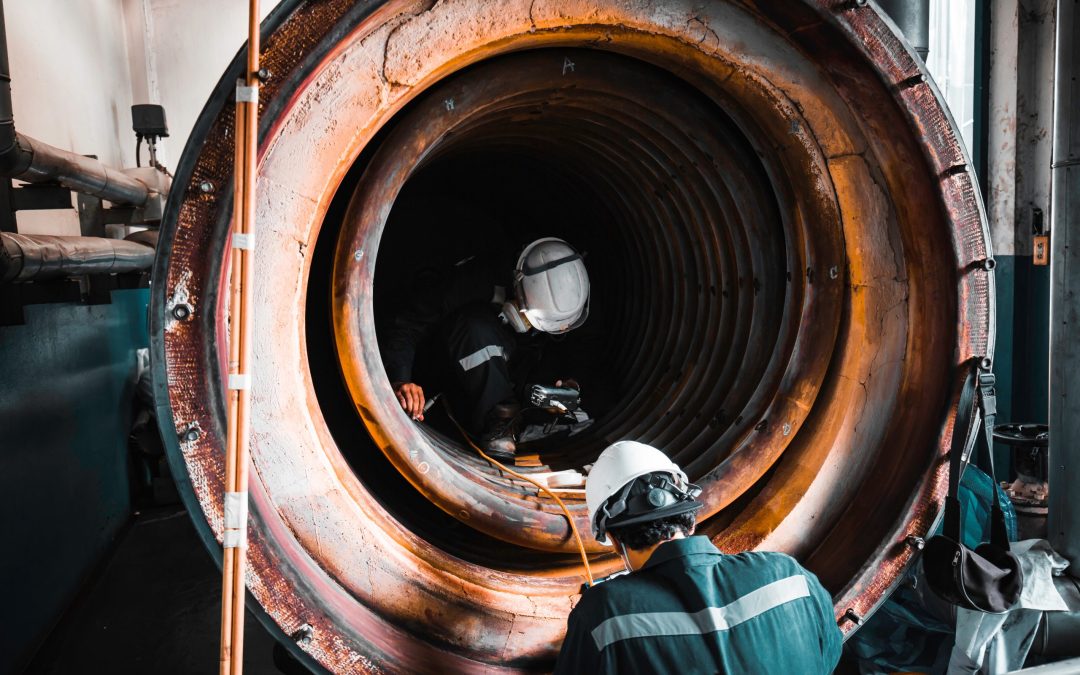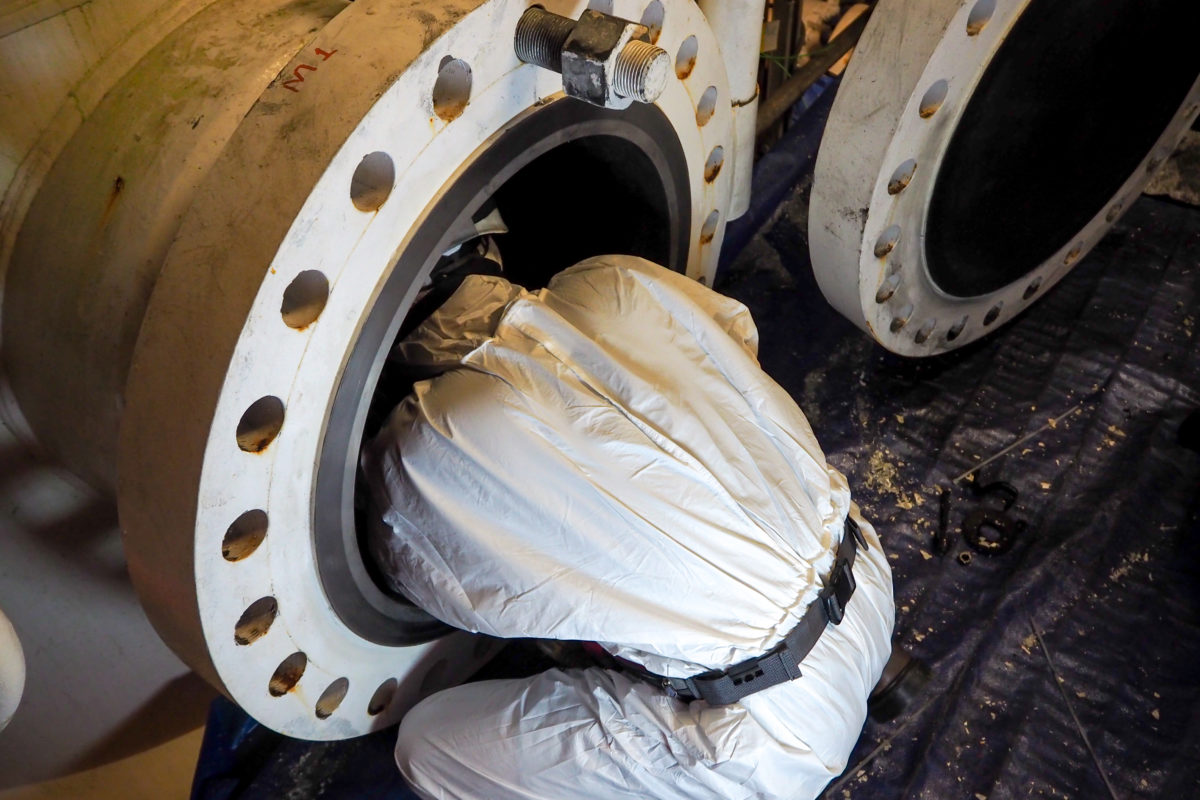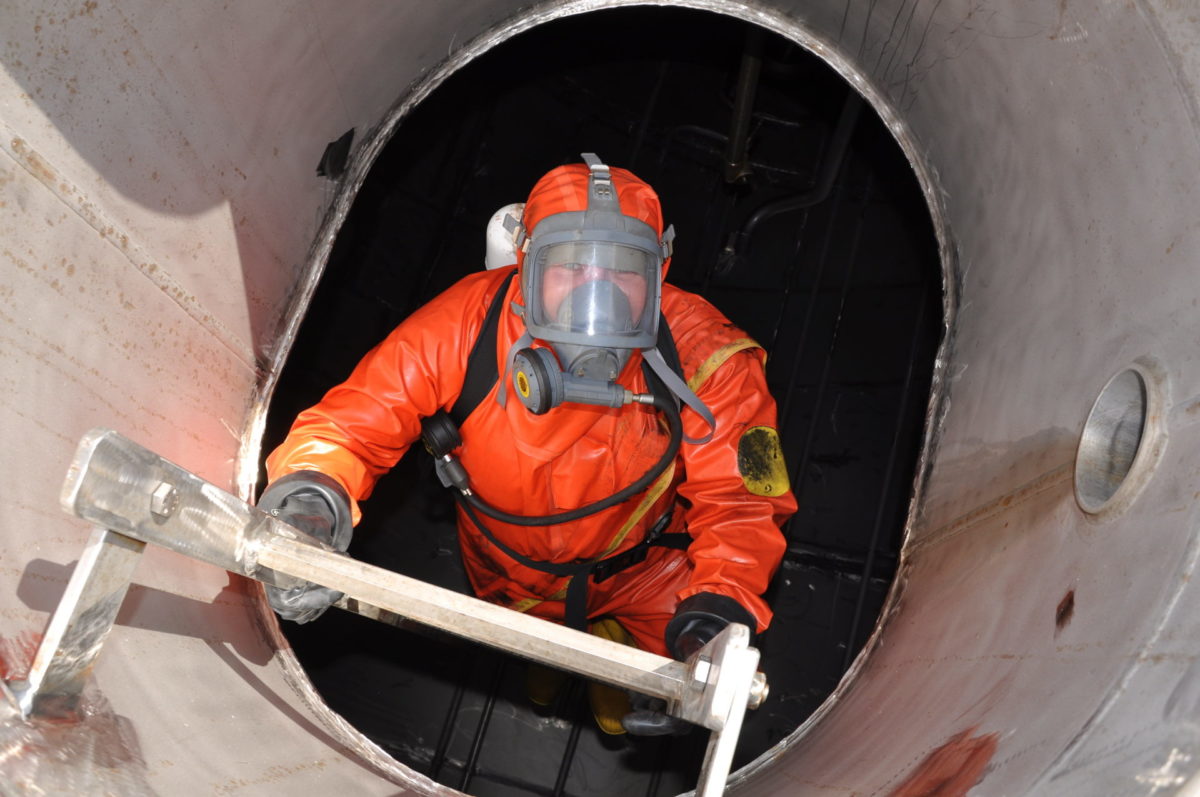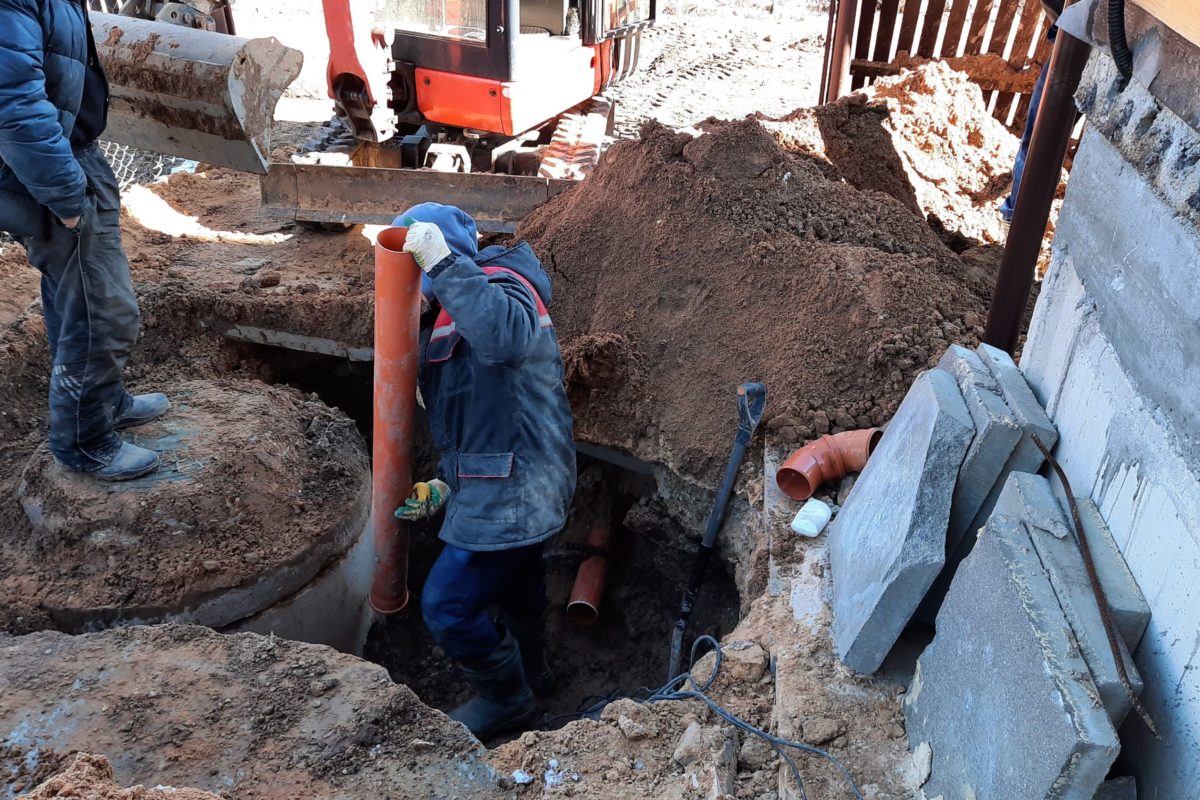Confined spaces, as the name suggests, are areas that are large enough for a person to enter and perform tasks, but they have limited or restricted means of entry or exit and are not designed for continuous occupancy. These spaces can pose significant hazards to workers, making it crucial to implement comprehensive safety measures to prevent injuries, illnesses, and fatalities.
Understanding Confined Space Hazards
Before delving into safety protocols, it is essential to recognize the potential hazards associated with confined spaces. These hazards can be broadly categorized into three main groups:
- Atmospheric Hazards: Confined spaces often contain hazardous atmospheres due to the accumulation of gases or vapors, such as carbon monoxide, hydrogen sulfide, or methane. These gases can displace oxygen, leading to suffocation or asphyxiation.
- Physical Hazards: Confined spaces may contain physical hazards like unguarded machinery, exposed electrical wiring, or sharp edges, increasing the risk of injuries.
- Engulfment Hazards: Engulfment hazards arise from materials like grain, sand, or sludge, which can trap and suffocate workers.
To ensure worker safety, confined space entry must be carefully planned and executed. This involves a thorough assessment of the space, implementation of appropriate safety measures, and continuous monitoring of the atmosphere during entry and work activities.
Hazard Assessment and Permit System
A comprehensive hazard assessment is crucial to identify and evaluate the potential risks associated with a confined space. This assessment should consider factors such as the space’s design, past history of incidents, and the type of work to be performed. Based on the hazard assessment, a permit system should be established to control entry into confined spaces.
Confined Space Entry Procedures
Before entering a confined space, a confined space entry permit must be issued. This permit should outline the hazards identified, the required safety measures, and the emergency procedures. A designated confined space entry attendant should be present outside the space to monitor the atmosphere and ensure the safety of workers.
Confined Space Testing and Monitoring
Continuous monitoring of the confined space atmosphere is essential to detect any changes in gas concentrations. This monitoring should be conducted using appropriate gas detection equipment capable of measuring oxygen levels, hazardous gases, and potential contaminants.
Confined Space Rescue Procedures
In the event of an emergency, a trained rescue team must be readily available to respond promptly and safely. The rescue plan should clearly outline the rescue procedures, including the use of appropriate rescue equipment and communication protocols.
Hole Watch Safety
Hole watch, also known as standby rescue, is a critical safety measure for confined space entry. The hole watch attendant, positioned outside the confined space, maintains constant communication with workers inside and monitors the atmosphere. In case of an emergency, the hole watch attendant initiates the rescue plan and provides assistance to rescue personnel.
Personal Protective Equipment (PPE)
The use of appropriate PPE is vital to protect workers from confined space hazards. This may include:
- Respiratory protection: Self-contained breathing apparatus (SCBA) or supplied air respirators are often required to provide clean breathing air when the atmosphere is hazardous.
- Fall protection: Confined spaces may have slippery surfaces or uneven terrain, necessitating fall protection equipment like harnesses and lifelines.
- Hand and eye protection: Gloves and safety glasses are essential to protect against sharp edges, hazardous materials, and potential splashes.
Confined Space Training
All workers who may enter confined spaces must receive comprehensive training on confined space safety procedures. This training should cover topics such as hazard identification, entry permits, gas detection, emergency procedures, and PPE use.
Working in confined spaces poses unique challenges and demands strict adherence to safety protocols. By thoroughly assessing hazards, implementing appropriate safety measures, and providing continuous monitoring and training, employers can effectively protect their workers from the dangers of confined space entry. Remember, safety should never be compromised, and a proactive approach is essential to create a safe working environment for all.
